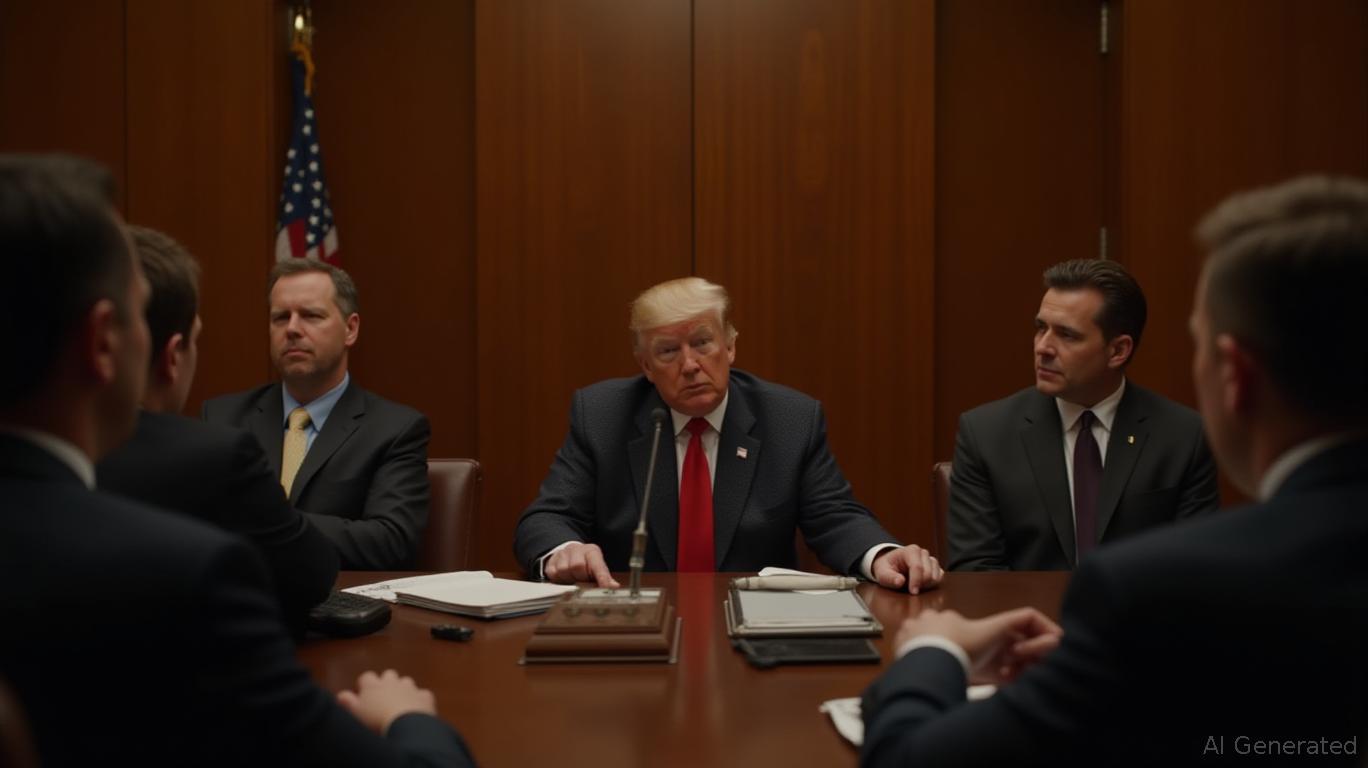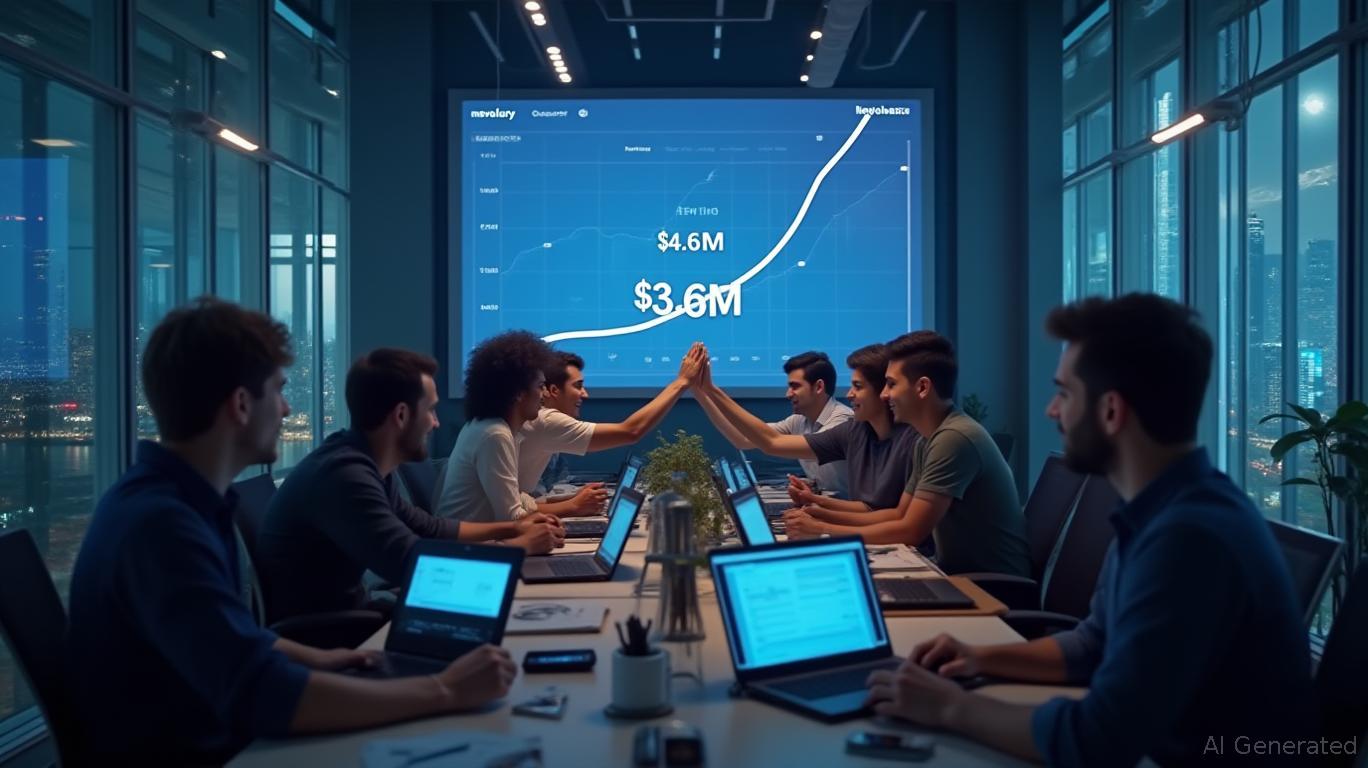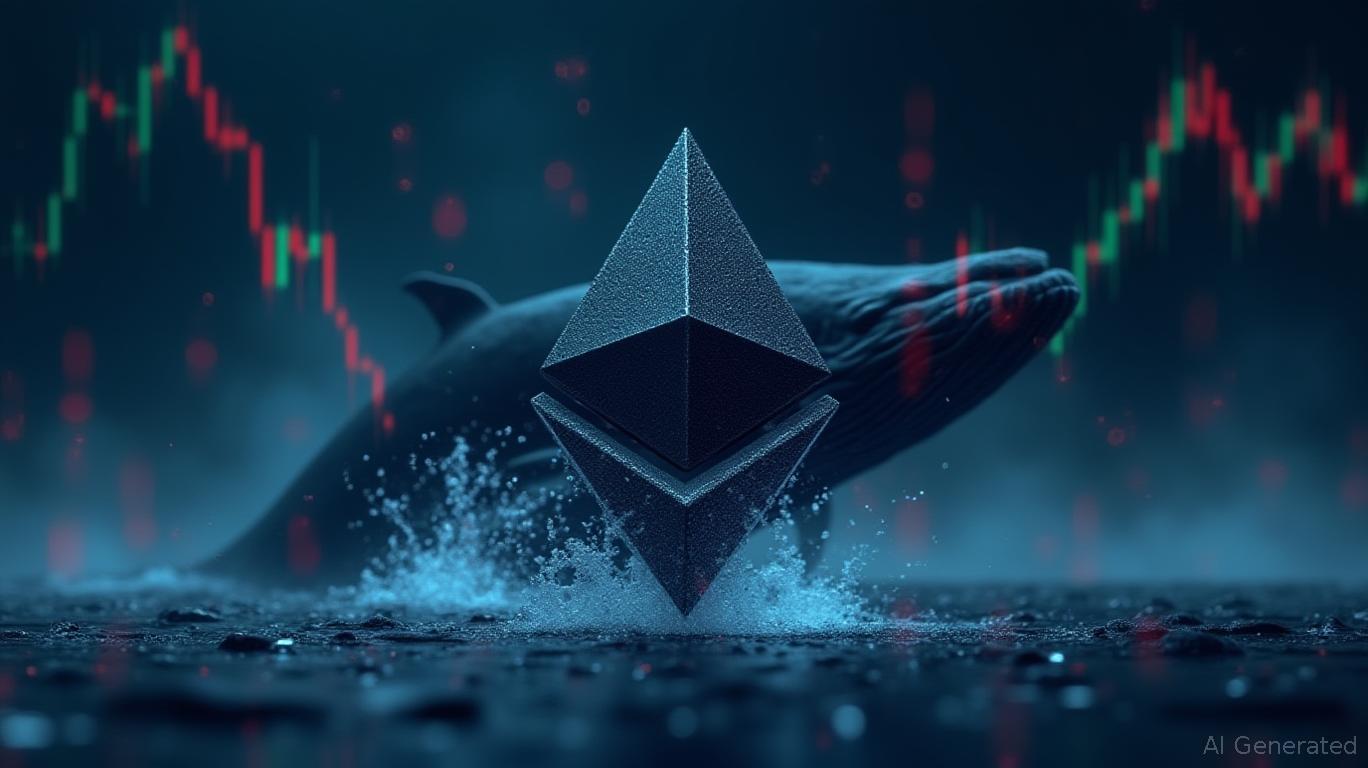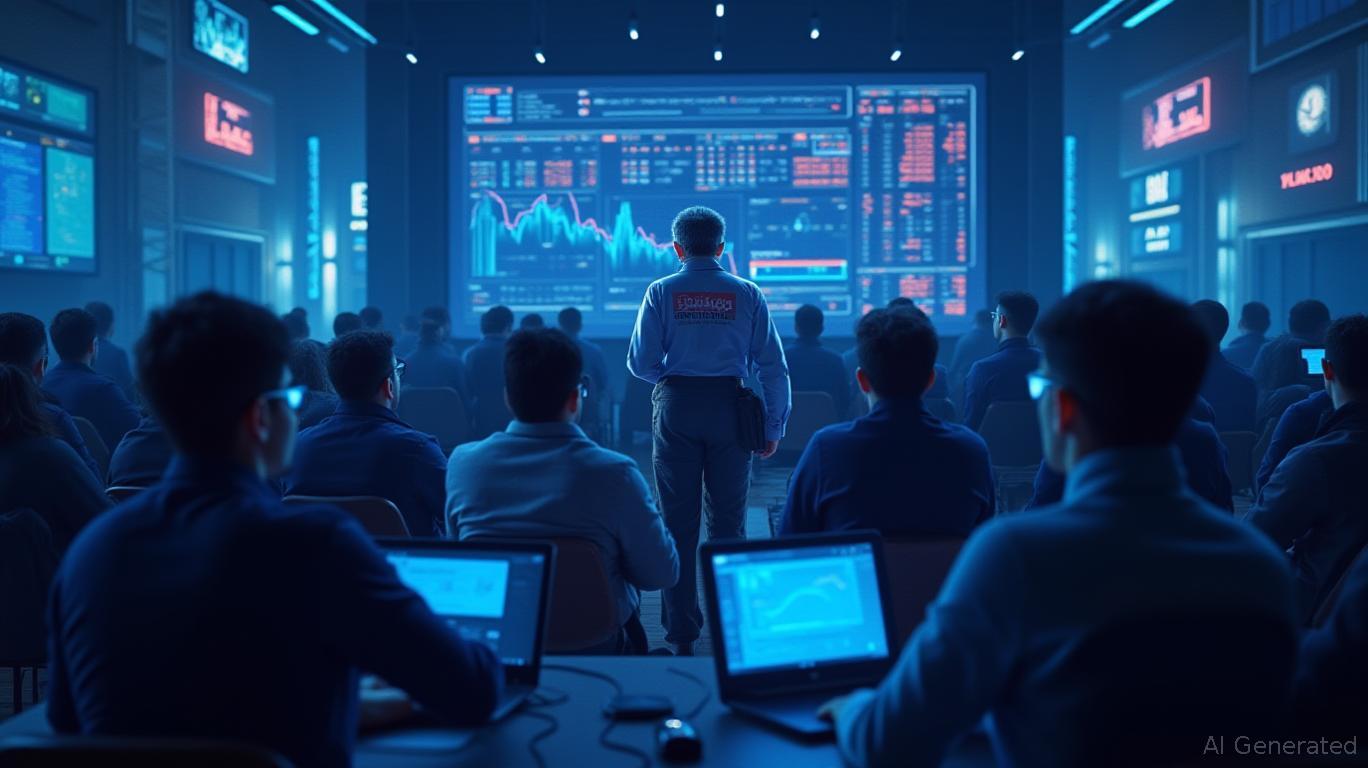Landmark IEEPA Lawsuit Questions President's Authority to Enact Wide-Ranging Tariffs
- U.S. Supreme Court will review Trump's IEEPA tariffs on November 5, testing presidential authority to impose broad import duties. - Lower courts ruled against tariffs, citing "major questions doctrine" requiring clear congressional authorization for policies of vast economic significance. - Case could redefine executive-legislative power balance, with $89B in collected tariffs at risk and potential financial burdens on importers/taxpayers. - Legal scholars warn IEEPA tariff authorization would create unc
The U.S. Supreme Court is scheduled to hear oral arguments on November 5 in a pivotal case that will examine President Donald Trump's power to enact broad tariffs under the International Emergency Economic Powers Act (IEEPA) of 1977, as reported by
The central question is whether Trump exceeded his legal powers by invoking IEEPA to levy tariffs—ranging from 10% to 50%—on imports from nearly every trading partner,

The implications are enormous. By September 2025, tariffs enacted under IEEPA are projected to have brought in $89 billion, helping to reduce the federal deficit and fund programs such as port fees for ships linked to China, according to
Constitutional experts and advocacy organizations have voiced concerns, pointing out that Article I of the Constitution gives Congress the authority to "lay and collect duties," a responsibility it has traditionally delegated to the executive only under certain circumstances, as reported by ABC News. The Brennan Center for Justice contends that permitting IEEPA to justify tariffs would amount to an "unconstitutional delegation" of legislative power, undermining checks on presidential authority. In contrast, the Trump administration argues that striking down the tariffs would weaken America’s leverage in international trade talks and embolden foreign rivals.
The possibility of Trump attending the hearing lends additional significance to the case. While previous presidents have participated in Supreme Court ceremonies or appeared as attorneys, none have sat in on oral arguments, the Japan Times notes. His attendance would highlight the personal importance of the case and could signal either the administration’s confidence or its sense of urgency as the justices deliberate. The Supreme Court’s ruling, anticipated by the end of the year, will ultimately decide whether the president’s tariff approach will be upheld or struck down amid legal and constitutional scrutiny.
Disclaimer: The content of this article solely reflects the author's opinion and does not represent the platform in any capacity. This article is not intended to serve as a reference for making investment decisions.
You may also like
Democratizing Blockchain Profits: Mevolaxy’s Application Facilitates $3.6 Million in Distributions
- Mevolaxy, a U.S. mevstake platform, launched a mobile app and reported $3.6M in Q3 payouts, surpassing its previous record. - Its Mevstake system democratizes MEV strategies by pooling liquidity, offering fee-free staking with reduced market risk through locked terms. - The app emphasizes real-time tracking and user-friendly design, aligning with the platform's mission to make blockchain earnings accessible to all users. - Backed by experienced blockchain engineers and DeFi specialists, Mevolaxy's growth

Ethereum Updates Today: Large Holders Increase Holdings, Offsetting Ethereum's $3,400 Liquidation Risk
- Ethereum faces $3,400 liquidation risks amid $3,600 breakout threats, with $807M short and $564M long liquidations at key levels. - Institutional accumulation (82,000 ETH by BitMine) and whale treasury holdings counter short-term weakness, while U.S. outflows contrast Asian inflows. - Layer-2 platforms maintain $20B TVL despite price declines, and projects like Remittix secure $27.8M to capitalize on market recovery. - Analysts project $4,000-$4,500 medium-term recovery if macroeconomic clarity and stabl

Community First, Not Investors: UnifAI's Tokenomics Redefine DeFi Standards
- UnifAI introduces a tokenomics model allocating 13.33% to community/ecosystem, challenging DeFi norms prioritizing investors. - This contrasts traditional models, emphasizing decentralized governance and user-driven growth through staking, voting, and revenue sharing. - 7% liquidity allocation and 20.75% foundation funds ensure stability, while 15% team incentives align long-term success with stakeholders. - Analysts highlight the 13.33% community focus as a strategic differentiator, mirroring institutio

Ethereum News Update: ISO 20022 Connects Blockchain with Banking Sector, Unlocking $100 Trillion Market
- UBS and Chainlink executed first onchain tokenized fund redemption using ISO 20022 standards, bridging blockchain and traditional finance. - The pilot with Swift enabled standardized subscriptions/redemptions, streamlining RWA settlements without custom integrations. - Tokenized U.S. Treasuries now value $8.6B, with institutions like BlackRock and Deribit adopting them as collateral despite liquidity challenges. - Ethereum dominates 75% of tokenized RWAs and 60% of stablecoins, with Standard Chartered pr
